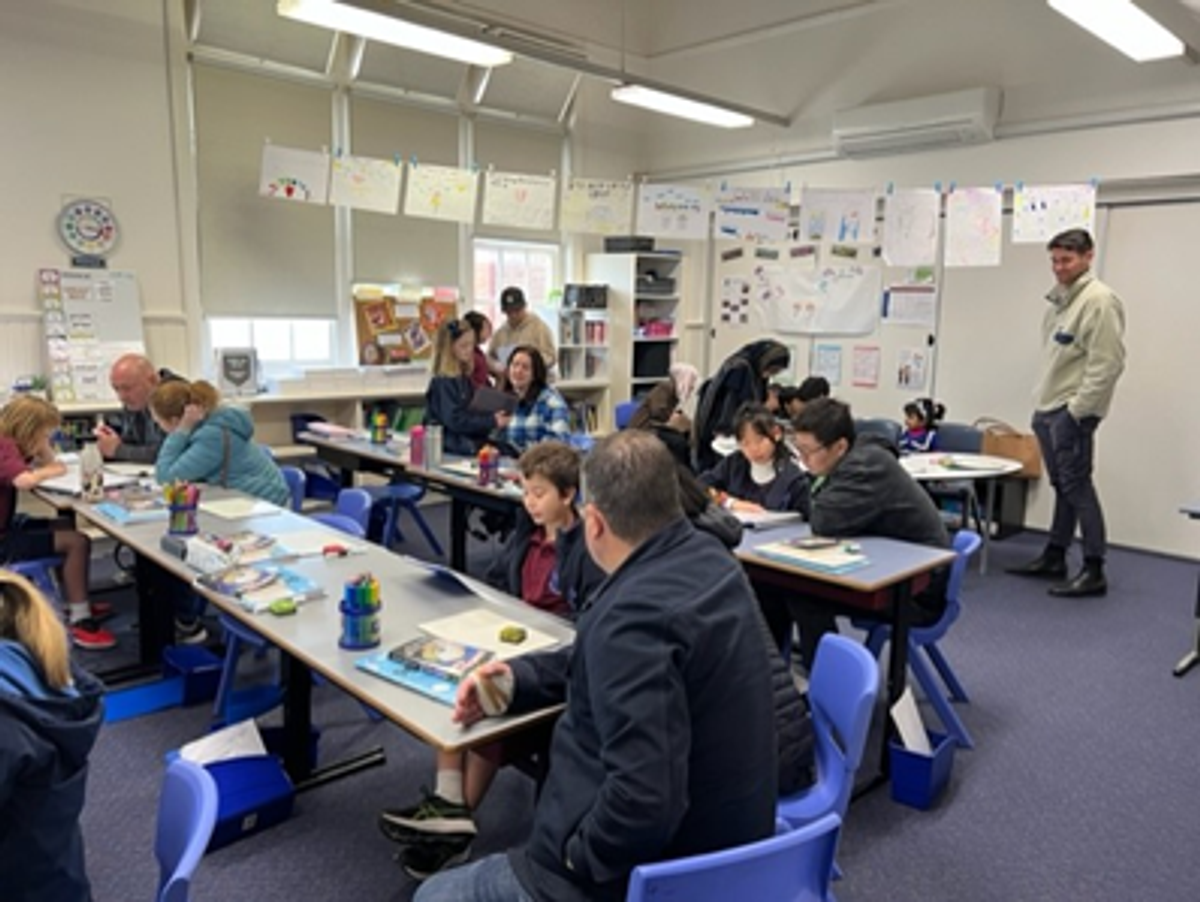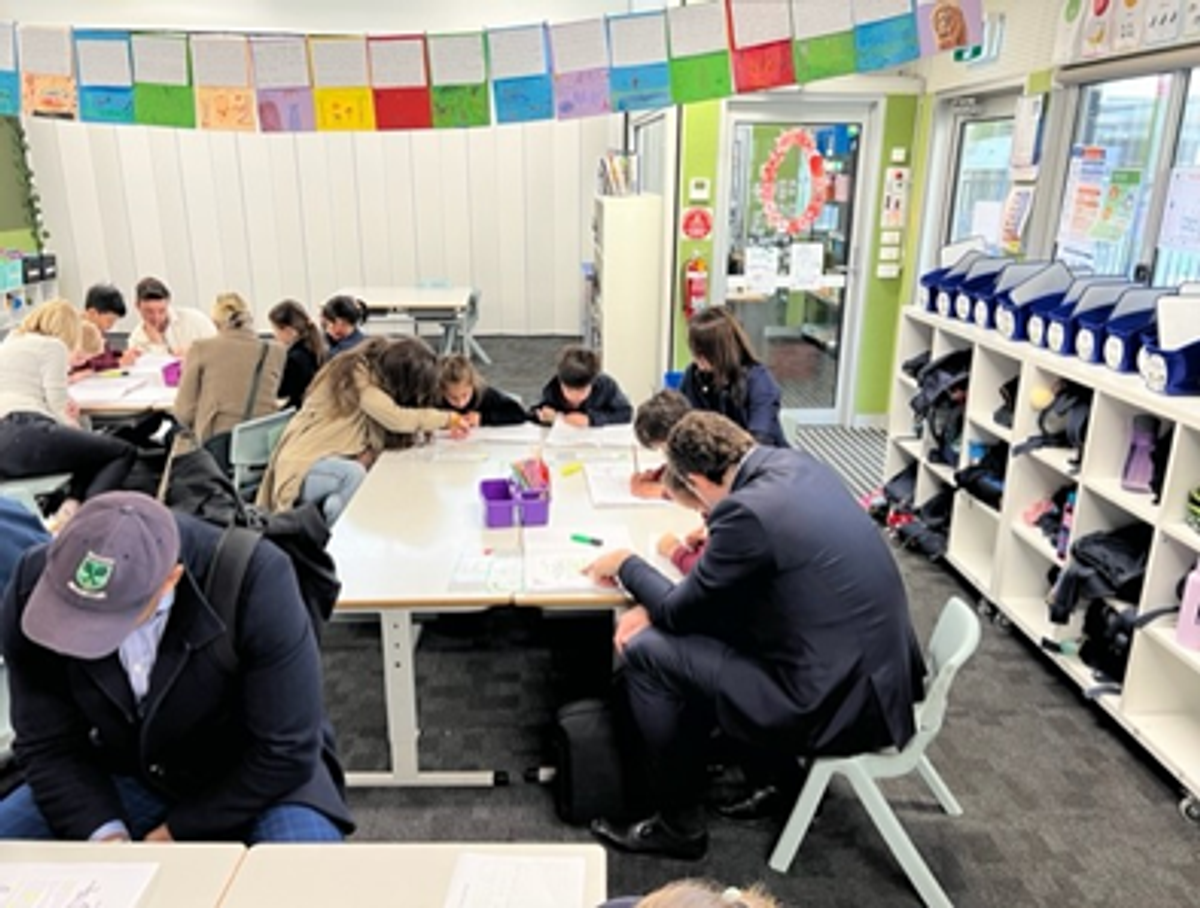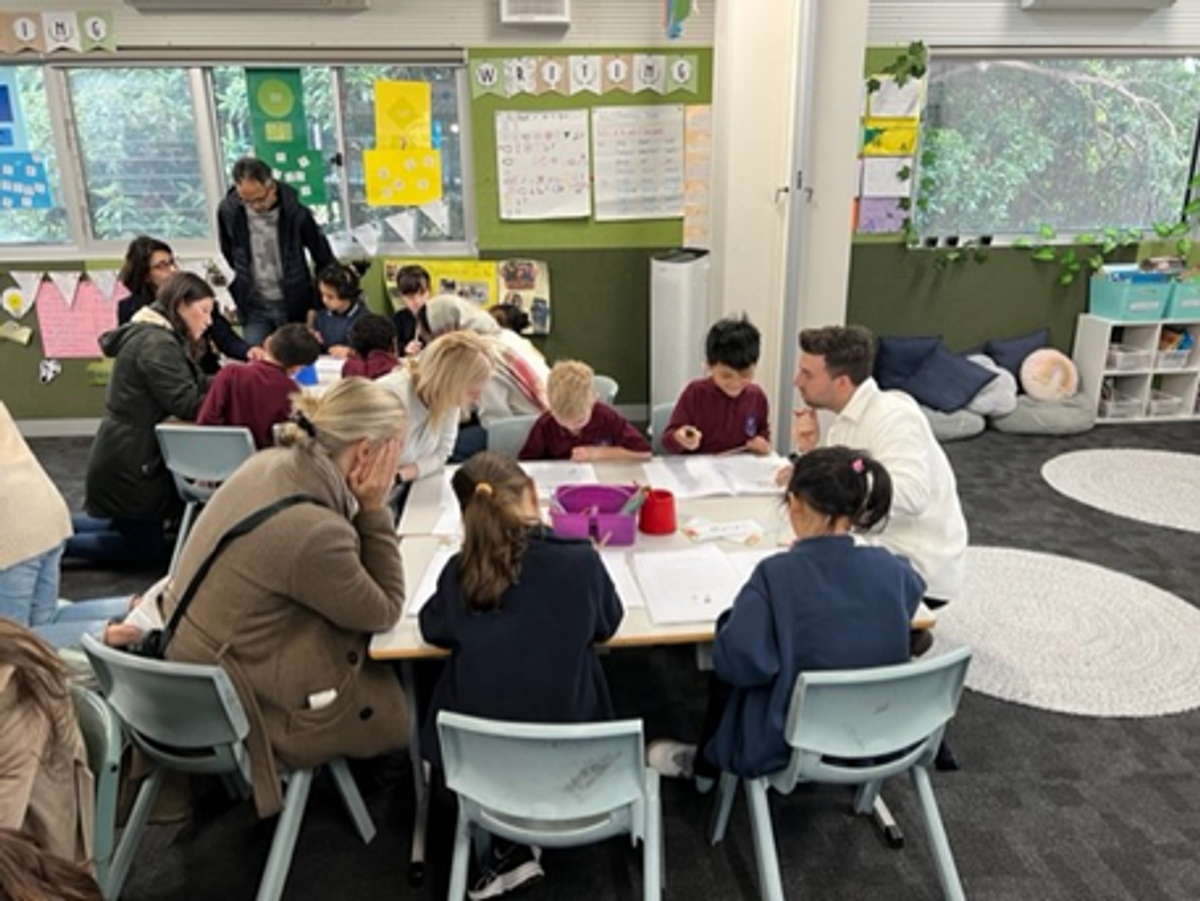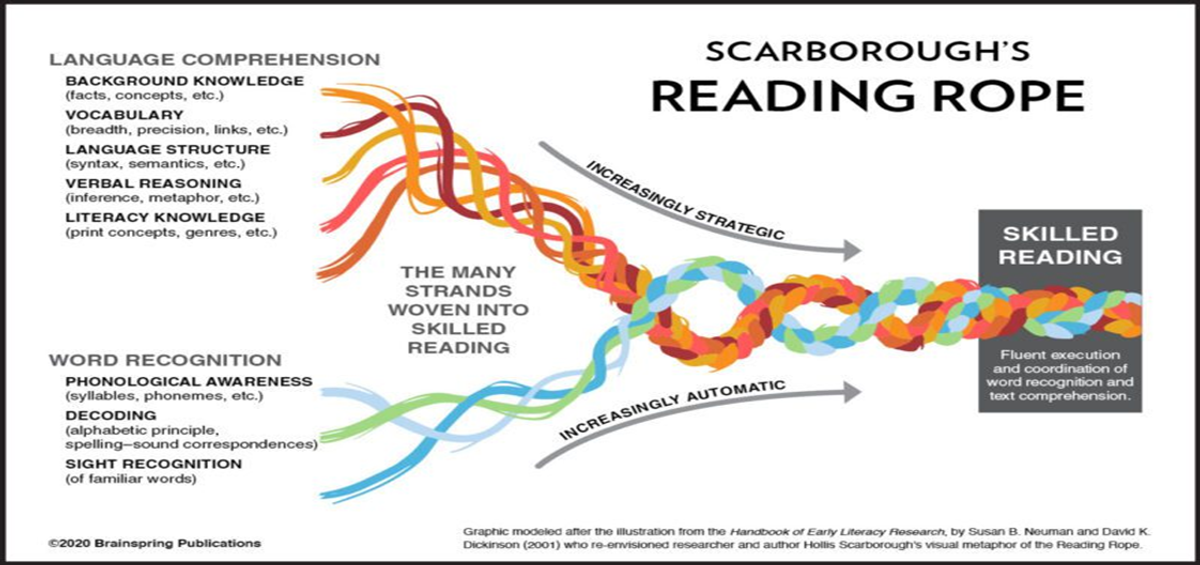Assistant Principal's Message

Firstly, I would like to thank the family members who attended the ‘Literacy’ open morning yesterday. I am very grateful to families who could attend this event and be a part of the learning journey alongside your children. Developing strong connections with our school community is imperative to the success of the school.
The focus of the parent introduction was to share the ‘why’ behind how teaching reading is approached at Toorak Primary School. From the beginning when students enter at foundation, we focus on the two main sections as evidenced in Scarborough’s Reading Rope:
Word Recognition and Language Comprehension. Each of these comprises several smaller strands. Woven together, these strands become the rope that represents complete skilled reading. All the components are interconnected and interdependent. If just one strand is weak, it affects the rope (and the reader) as a whole.
The lower section of Scarborough’s Reading Rope focuses on word recognition skills. These are the skills we tend to think of most when we talk about teaching kids how to read. Imagine a kid sounding out the letters on a page or putting together phonics sounds and syllables. These are the basics of word recognition.
Word recognition on its own doesn’t create fluent readers. If kids don’t know what the words themselves mean, they’re not really reading. Furthermore, understanding the meaning of words on their own isn’t really useful. Fluent readers understand the text they’re reading as a whole, drawing meaningful conclusions and finding important takeaways. The upper strands of Scarborough’s Reading Rope are incredibly key in creating strong readers.
Today’s overview looked at the importance of developing reading fluency:
Fluency is reading expressively with accuracy and at a good pace. It is one of the key components of learning to read. It is the progression from developing automatic word recognition skills to comprehension. Text or passage reading fluency is generally defined as having three components: accuracy, rate, and prosody (or expression). During the reading lessons students use some of the following activities to improve their fluency: Repeated reading, Choral reading, Paired/partner reading, Reader's theatre and Audio-assisted reading.
You can find more useful information on the following link should you wish:
https://www.literacyhub.edu.au/for-families/the-big-six-of-literacy-a-guide-for-families/
Suada Dzaferovic
Assistant Principal




